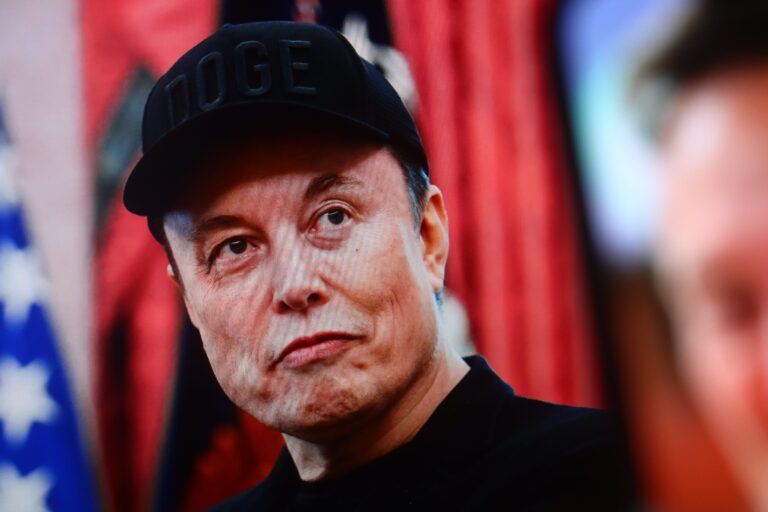Tesla achieved its highest-ever quarterly revenue but suffered a steep drop in profits. The carmaker’s results highlight how rising costs and global competition continue to pressure its business, even as demand for electric vehicles remains strong.
Revenue climbs, but profits take a hit
For the quarter ending in September, Tesla reported $28 billion (£21 billion) in revenue, up 12% from a year earlier. Yet profits fell 37% over the same period. The company blamed the decline on increased tariffs and growing expenses from research and development projects.
Investors responded cautiously. Tesla’s shares slipped 3.8% in after-hours trading following the announcement. Despite the decline, the company still holds a market valuation of about $1.4 trillion, reflecting faith in Elon Musk’s long-term push into artificial intelligence and robotics.
Tax credit deadline drives sales surge
Tesla reversed its recent sales decline as American customers rushed to buy cars before a federal tax credit of up to $7,500 expired in September. The last-minute surge lifted sales across the US, but competitors such as Ford and Hyundai achieved even faster growth during the same period.
The company also introduced a six-seat version of its popular Model Y, which found strong demand in China. Tesla offered five-year interest-free loans and insurance subsidies to attract more buyers during the quarter.
Tariffs and innovation costs squeeze margins
Tariffs on imported car parts and raw materials remain a major burden for Tesla. Finance chief Vaibhav Taneja said the company paid more than $400 million in tariff costs last quarter. These levies, introduced under President Donald Trump, continue to strain Tesla’s profit margins.
Meanwhile, Tesla’s investment in artificial intelligence and other research areas keeps growing. Taneja told investors that such spending would rise further as Tesla deepens its technology ambitions.
Lower-priced cars fail to lift investor confidence
In October, Tesla unveiled new, cheaper versions of its Model Y and Model 3 cars in the US. Each model costs about $5,000 less than its predecessor. The move aimed to sustain demand after federal incentives expired.
But investors remained unimpressed. Tesla’s shares fell again as many viewed the new models as underwhelming. Analysts say the company’s slow move toward affordable electric cars has opened the door for rivals to gain ground in key markets worldwide.



